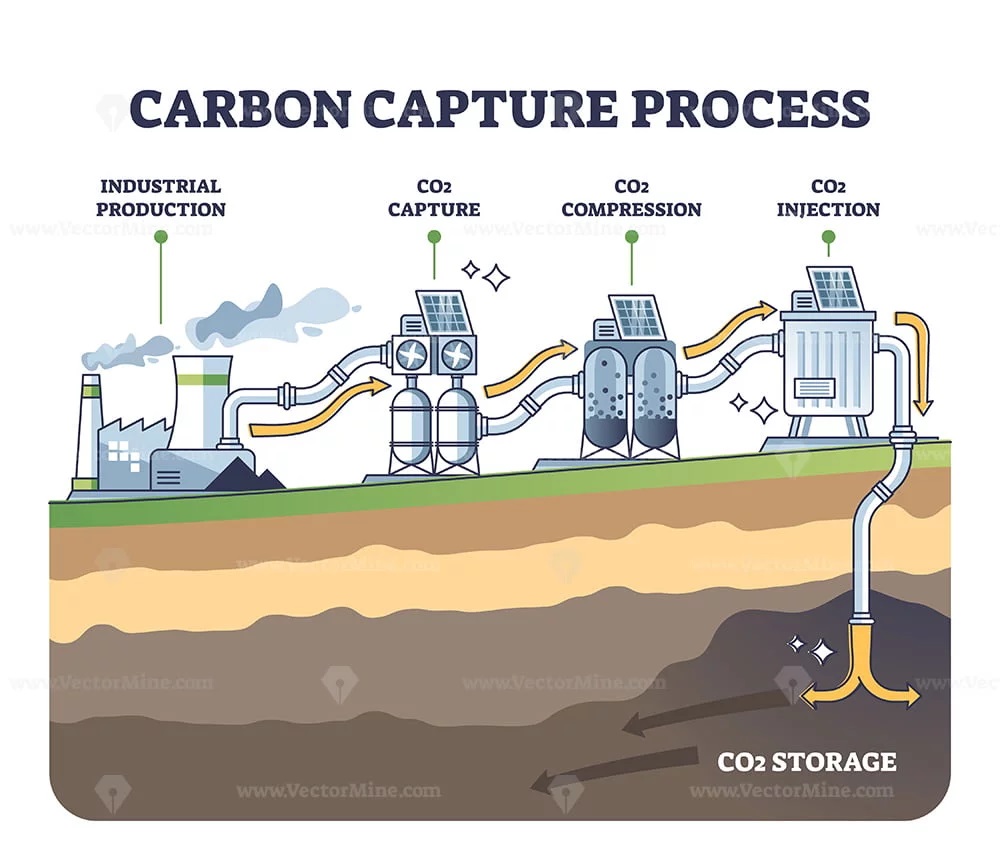The U.S. Forest Service is floating a new rule to potentially grant “perpetual rights of use and occupancy” for carbon waste injection under national forests and grasslands. Such rights may include constructing extensive infrastructure such as pipelines, injection wells, and well pads:
 Environmentalists slammed the proposed rule, calling it “industrial carbon waste dumping.” Said one activist: “This proposal is nothing short of ludicrous. Our national forests are already home to the most viable carbon capture and storage technology on Earth — they’re called trees.”
Environmentalists slammed the proposed rule, calling it “industrial carbon waste dumping.” Said one activist: “This proposal is nothing short of ludicrous. Our national forests are already home to the most viable carbon capture and storage technology on Earth — they’re called trees.”
We can agree with that. But anti-forestry groups’ solution to climate change is to layer even more restrictions on timber harvesting under the guise of “protecting” mature and old-growth forests, even as many western forests are converting into net carbon emitters due to wildfire, insects and disease thanks to over 30+ years of forest non-management.
The cycle of forestry –including the never-ending process of planting, growing, harvesting, and replanting trees for wood products – serves as a much more efficient carbon capture and sequestration solution – certainly compared to dumping carbon underground, or locking up our forests from active management.
But science continues to point to the importance of younger trees as part of the climate solution.
A paper published recently in the journal Nature Geosciences found young and middle-aged forests – comprising trees between 50 to 140 years of age – played a dominant role in absorbing atmospheric carbon and accumulating biomass. However, forests that were 140 years old and above were approximately carbon neutral, which is the opposite of vegetation model predictions.
Said one researcher involved in the study: “Vegetation models that predict terrestrial carbon stores do not represent forest demographics and tend to overestimate the carbon sequestration capacity of old-growth forests and underestimate of carbon absorbed by boreal and temperate forests.”
Science is suggesting a robust carbon capture strategy is to focus on managing and replenishing younger forests, which are more efficient at removing carbon dioxide from the atmosphere.
Younger forests are a positive result of active forest management. Managed forests provide renewable wood products that store carbon for generations, and require fewer fossil fuels for their production compared to other types of building materials.
Unlike carbon waste injection projects, forest management doesn’t necessitate the construction of pipelines, injection wells, or well pads. This means that we can make substantial strides in reducing carbon emissions without environmental and infrastructural disruptions. In addition, active forest management helps reduce the risk of carbon-emitting wildfires while enhancing forest health and resilience.



